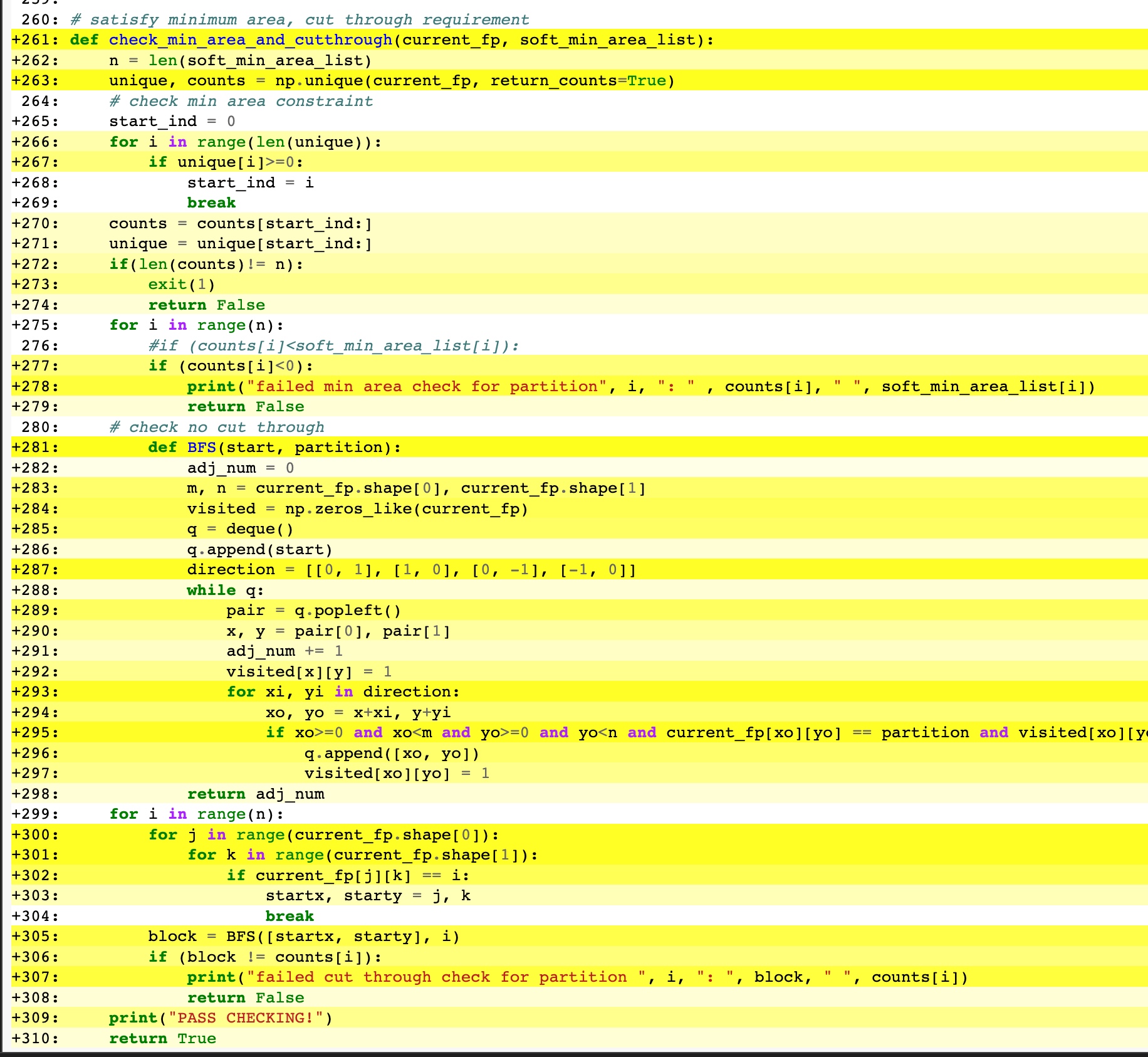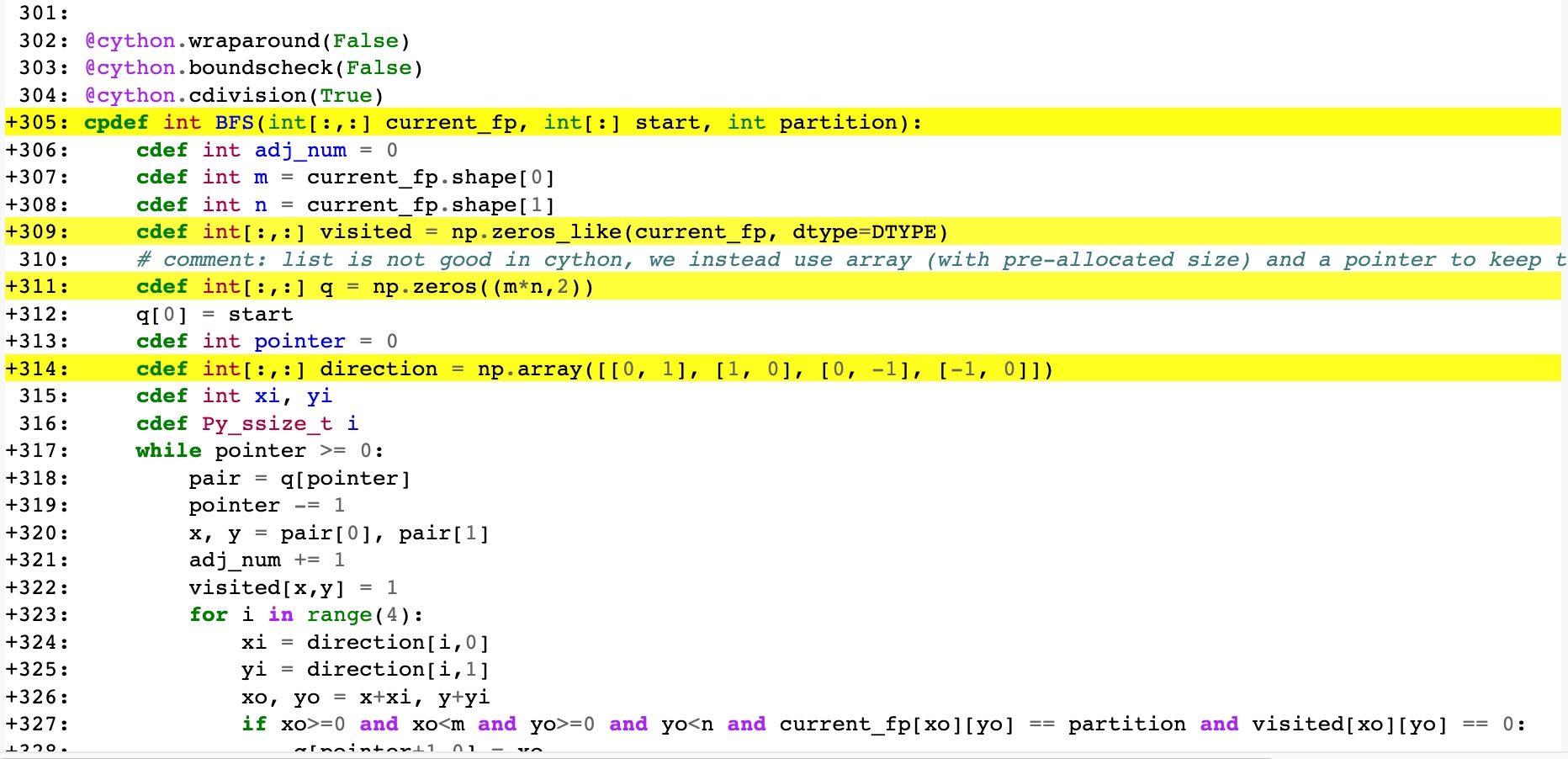Neway,好久不见。
在现在落笔之前,我一直在酝酿给Lucas写的信,我想告诉他现在的世界是怎样的,想告诉他爸爸妈妈有多爱他。但忽然某一刻,我认知到,也许给他的信,不用刻意写出来,他成长的每个瞬间的我的陪伴,就是最好的注脚。
但是我必须要和你聊会了。每次当我回过头读那些写给我们的信时,我都能立马捕捉到我在那个当下的情绪甚至画面。因此,在这个发生了太多事的2025年,在这个也许是人生最大节点的时候,我必须写点什么了。
我不知道读这封信的你会在哪里、从事怎样的工作,但我知道你能立刻感受到我现在的迷茫。
从我决定读博的时候,我就坚定的想找教职。最大的原因是因为我喜欢在台上教书、和学生们进行有趣精彩的思维碰撞——我到现在仍是如此,上周Blanton开会去了让我代一节课,对我来说,那也是一次无比有趣、放松的体验。
但是我并不是很卷的人。也许是在媳妇的陪伴下、在Jose的鼓励支持下、我庸庸碌碌但却乐呵乐呵的过了博士这五年,我不觉得牺牲自己的时间精力换取事业上的成功是很明智的一件事:人生有太多值得体验的事物。换句话说,我并不是那么的self-motivated。我不像马哥,zhuolun,Zhengqi,和他们聊的时候,我能明显感觉到他们有野心:这不一定是作为AP成功的充分条件、但一定是必要条件。
正因如此,让我犹豫找教职的另一个原因是,我害怕辜负了我的学生。我作为PI,没有足够的self-motivation,怎么可能可以motivate我的学生 让他们的PhD生涯成果满满、或者至少不用担心毕业前景呢?
另一方面,我觉得自己的high-level的vision很有限,当我只是independent researcher时,我只需要自己捣鼓自己感兴趣的东西。但如果我有需要对他们负责学生,我肯定不能就像现在这样想做啥做啥。因此,倘若我做了AP招了学生,这些忧虑会push我不得不多去和工业界、和前辈交流,不得不每天多看N篇论文,花比现在多得多的时间在research上。那这似乎又和我一直以来的看法冲突了:
我不觉得牺牲自己的时间精力换取事业上的成功是很明智的一件事。
我当然对research有兴趣。事实上,和上课类似,每次paper的讨论都让我很兴奋。那如果这么看,去公司做research scientist,也许才是最适合我的路?不需要对别人负责(或者说,我只需要对manager负责,完成TA对我的expectation)的同时还可以和一群聪明人探索尝试很fancy的东西。
但是你要让我下定决心走工业界,我也会开始犹豫、难断——我甚至会脑补一堆逻辑去推翻我之前的想法:比如学术界获得vision不一定就要导致花比现在多得多的时间在research上:你不需要deal with those messy coding and implementations。比如我的内心并不是害怕对人负责、而是害怕自己的能力不够导致辜负对ta的负责。
哎。
其实当我从旁观者的角度,我可以给自己一些宽慰的建议——譬如不管怎么选,最后结果肯定还不错,所以不用太纠结。但是真的让我自己选择时,我确实没法下定决心:
留美国?美国的政治环境、和父母相隔万里。
回中国?从17岁后就没在大陆长期生活过、大陆的生活、工作环境我习惯吗?一直听说很toxic,如果不习惯怎么办?这大概率是一条单向路。
去工业界?真的要改变自己长久以来的想法吗?
去学术界?之前已经说了。。
其实还有很多想说的,比如对LLM的看法。但是Neway 我要去开会了,那就贴一下之前朋友圈的碎碎念吧。
我第一次lead的project是写一个要开源的版图分解工具。在抓耳挠腮的理解算法、码代码、debug的某个晚上,忽然发现老板十年前的某个formulation有缺陷,导致在某个case结果并不是最优解。
基于此,我顺利publish了第一篇一作ccfa。
之后AI火了,但对我来说 什么cnn gnn只是多了一个工具,可以让我更加得心应手的解决问题。
在这个过程中,我也偶尔会灵光一闪的想出一些自己很喜欢的idea,比如基于SDP的floorplan。
但自从LLM之后,尤其是在做LLM相关work的时候,我发现自己对科研的乐趣正在慢慢消失。我越发觉得自己不再是那个探索者、那个战士,我只是LLM雇佣的一个民工,负责抬着LLM横扫寰宇,甚至LLM也许根本都不需要我抬。
我曾经绞尽脑汁才发现的老板的bug,曾经的那些灵光一闪,对于LLM来说也许只需要合适的prompt或者Agent flow,然后就是几秒钟inference的事情。
我不知道怎么结尾,也不知道怎么和这个事实和解。人生的酸甜苦辣,真是有意思呐。

